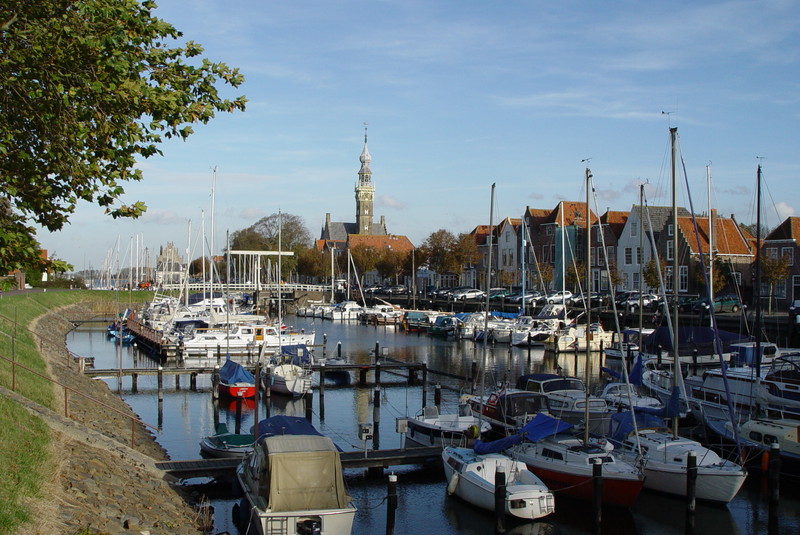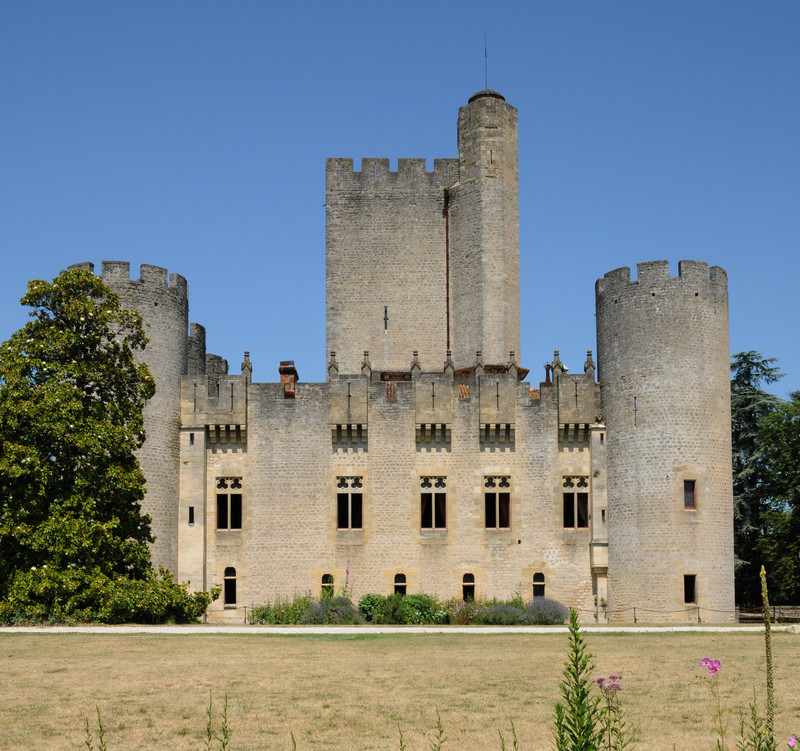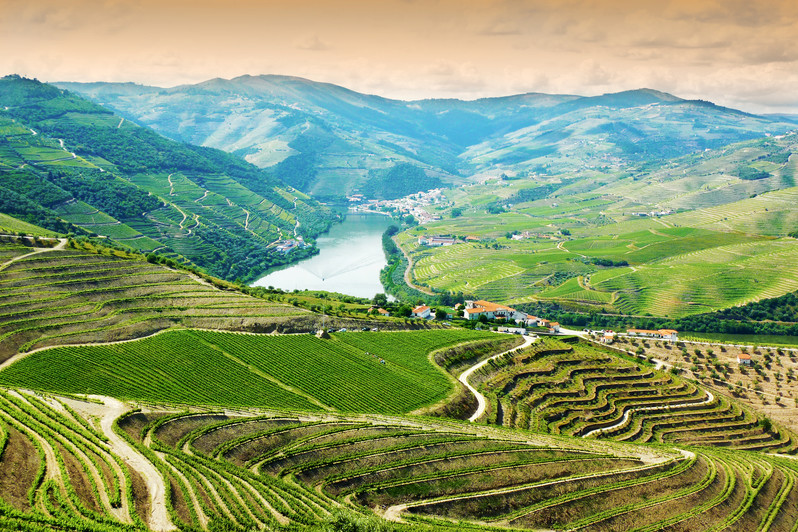Elbe
The River Elbe is 1094 km (680miles) long and it has one of Europe’s biggest river basins, nearly 150,000 sq km (57,000 sq miles). It has many tributaries including the Vitava, Saale, Havel, Mulde, Schwarze Elster and Ohre. Its source is in the Giant Mountains (Krkonose) in the Czech Republic and in its early stages it comprises falls and rapids through gorges and glens and it passes through the region known historically as Bohemia. The river continues through Germany, flowing through major cities including Dresden and Hamburg towards the North Sea in a region characterised by flat marshlands and farms. Due to the river’s flooding in the past, dikes and canals have been constructed, while viaducts have been built above it and tunnels below. It flows past the entrance to the Kiel Canal and thence into the North Sea at Cuxhaven.
The Elbe has long been important for commercial traffic and, besides the Kiel Canal, it connects to the Elbe-Lubeck Canal (and the Baltic Sea) and numerous canals that link it to cities throughout Germany including Berlin. For much of its length in Germany it was the frontier between East and West before reunification during the Cold War and, as a result, its banks are surprisingly rural and untouched for a commercial waterway in the heart of Europe. However, cruising on the Elbe and connected waterways is mostly focused on its historic cities – Berlin, Prague, Dresden, Wittenberg, Magdeburg and Potsdam – as well as the many sites situated along the river’s banks, including castles and towers, museums and churches and the scenes of battles from the Second World War and going back to Napoleon.








